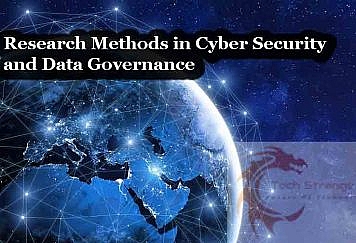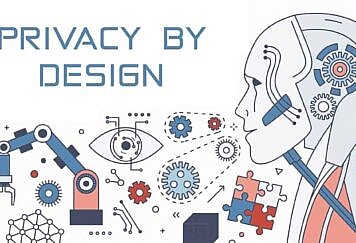Secure Access Service Edge (SASE) is the new trend in cyber security. IT departments of most companies already migrated to a SASE architecture. Professionals all over the world talk about how this framework delivers what they always dreamed of.
However, a great number of misconceptions and myths about SASE came up on the internet parallel to its popularity. Here are four of them to consider if you’re looking for a proper SASE framework.
What is Secure Access Service Edge (SASE)?
There are lots of articles on the internet that explain the SASE framework, but some of them bring up significant misconceptions about a truly wonderful concept. Luckily, there are also great resources on how does SASE work that provides a real understanding of the concept.s
If we were to define the SASE framework simply, it is a cyber security approach that brings cloud-based security and network services together into one giant yet easy-to-manage structure. It was first described by Gartner in 2019 as a new way of ensuring corporate network security.
SASE believes in global, secure accessibility of networks that require protection from cyber threats. By combining security services, it allows for a holistic structure that provides edge-to-edge security. To ensure this, SASE takes security and verification from data centers to the end-users and devices that access data.
Secure Access Service Edge framework converges WAN capabilities with network security services. Thus, they automate verified and permitted access to business applications and company resources.
A proper SASE architecture provides secure access to employees even in different countries. It’s a great way of simplifying cyber security while protecting companies from threats with utmost care.
Four Biggest SASE Misconceptions
Without a doubt, SASE is a modern approach to cyber security for web-based businesses. However, there are significant misconceptions on the internet we would like to reveal. Let’s see the four biggest myths about SASE and debunk them.
1-) SASE is a Product
Since the SASE framework is mostly provided by cloud-based cyber security vendors, people think that it is a product on its own. However, this is not true. SASE itself is not a product, but a combination of several cloud-based security and network services.
If a vendor claims that their ‘product’ is the real SASE model, you should consider changing the provider you’re interested in. This is because SASE is an architecture, a framework, a security model; not a product. Reliable vendors offer a proper structure that includes several cyber security services and network tools such as WAN.
2-) SASE Requires All-cloud Infrastructure
SASE is indeed more capable when the company infrastructure is completely migrated to the cloud. Since SASE is a cyber security approach based on remote access and cloud-based services, it is best operated in the cloud.
However, SASE in no circumstance forces complete cloud adoption, and it can also be adopted gradually. It’s not a now or never process. SASE architecture can be implemented into existing on-premise tools and services. You can perfectly adopt SASE in not cloud-only infrastructures.
3-) SASE and Zero Trust are the Same
SASE and Zero Trust are not the same things nor are competitor frameworks. Zero Trust Network Access is a cyber security approach, SASE is a framework that converges these approaches and services.
Zero Trust is a crucial part of a proper SASE structure since it provides added security. It is one of the many pieces that collectively create a SASE structure. Zero Trust Network services can be a product provided by a vendor, but as we said earlier, SASE is a structure.
4-) Sase Is Only Suitable For Big Businesses
It is true that big companies with a diverse workforce will probably benefit more from SASE architecture. But it is not true that SASE is only intended for large businesses.
You can also benefit from SASE if you have a remote work model even if your company is relatively small. In fact, SASE offers flexible and scalable security solutions which are especially perfect for small businesses.
It doesn’t require any hardware to deploy since it is mostly operated in the cloud; so you can always start with a small number of users paying per-user basis. You can add new team members in exchange for insignificant costs. SASE is a great solution even at a granular level.
Final Word
The SASE framework is becoming more and more popular every day. IT managers might get the idea in its full detail, but the internet provides misconceptions about SASE that might confuse a regular user.
We provided some of these misconceptions and debunked them. After all, it is always crucial to learn the rights and wrongs about a subject before jumping into it. Make sure to do research before deciding to adopt a SASE architecture.
Follow TechStrange for more Technology, Business and Digital Marketing News.





